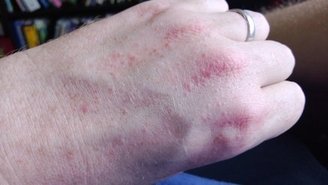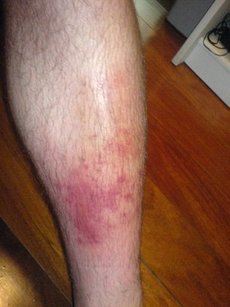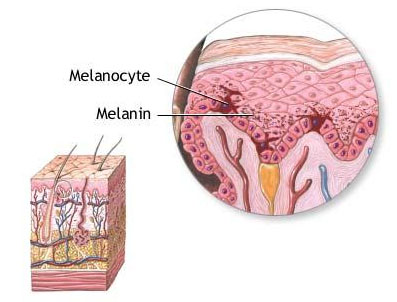
Every one of us is very sensitive to the emotions of life. Be it smiling, frowning, crying, winking, etc. Although these effects are internal; there is something we wear on the outside. What is it that acts as a waterproof shield to the body? What protects the body from extreme temperature, damaging sunlight and harmful chemicals? Which is the largest organ of the body? It is the Skin. The Skin makes the flesh inside covered and makes it appear presentable. It acts as a guard to the body and releases about three gallons of sweat a day in hot weather. Vitamin D, which is essential for digesting milk is manufactured and produced in the Skin. A very important fact about the Skin is that almost every minute it loses about 30,000 to 40,000 dead Skin cells from the surface. Let us understand the details about the Skin and its significance.
An outer covering of the body, the Skin is the largest organ of the integumentary system. The Skin guards the underlying muscles, bones, ligaments and internal organs. There are two types of Skin – hairy and glabrous. There are three layers of Skin, namely;
-
The outermost layer of the Skin is the epidermis, which provides a waterproof barrier and creates our Skin tone.
-
Beneath the epidermis is the dermis that contains tough connective tissue, hair follicles and sweat glands.
-
The deeper tissue is the hypodermis and is made of fat and connective tissue.

The melanocytes provide the Skin with the mesodermal cells, pigmentation or melanin that helps in absorbing some of the dangerous ultraviolet radiation in the sunlight. Also, the DNA-repair enzymes helps to reverse the UV damage as the people lacking these genes may suffer Skin cancer. There is a variation in the human Skin pigmentation and this has led to the classification of the Skin colour.
Skin extends to almost every part of the body and hence is considered as the largest organ of the body. It performs the following functions:
-
Water Resistant: The Skin acts as a water resistant and guards the body so that the essential nutrients do not get drained away.
-
Excretion: The secondary function of the Skin is to regulate the temperature of the body. This is done through releasing the sweat and the urine that contains urea.
-
Storage and synthesis: It stores lipids and water as well as Vitamin D on certain parts of the Skin.
-
Evaporation Control: The Skin acts as an impermeable barrier to fluid loss and if this function is not properly performed, it may contribute to massive fluid loss in burns and injuries. Heat
-
Regulation: The Skin allows a precise control of energy loss by radiation, convection and conduction as it contains blood supply which is far greater than it is required.
-
Protection: The Skin becomes a barrier from the pathogens between the internal and external environment and hence protect the muscles and the flesh from the bacterial infections.
The largest organ of the body, the Skin expands about 20 square feet on the human body. Certain conditions that affect the Skin are:
-
Rash: It is due to a simple Skin irritation or a change in the appearance of the Skin.
-
Dermatitis: A very common condition, it is generally an inflammation of the Skin.
-
Eczema: Similar to dermatitis, it causes an itchy rash and is due to the overactive immune system.
-
Psoriasis: One can see a silver, scaly plaque and this can lead to a variety of Skin rashes.
-
Dandruff: This leads to the scaly scalp and is caused due to seborrheic dermatitis, psoriasis or eczema.
-
Acne: Commonly seen in most of the people, the acne affects about 85 percent of individuals at some point.
-
Cellulitis: It causes a red, warm and a painful Skin rash by the inflamed dermis and the subcutaneous tissues.
-
Wart: It infects the Skin and it allows the Skin to grow excessively. It creates a wart and can be treated by chemicals, duct tape, freezing or is accordingly removed by the physician.
-
Melanoma: It is a result of sun damage and is the most dangerous type of Skin cancer.

Cellulitis

We can find pigments at different levels and places in the Skin. The five types of pigments that determine the colour of the Skin are:
-
Melanin: Melanin is found in the germinative zone of the epidermis and is brown in colour.
-
Melanoid: It is similar to the melanin but is present throughout the epidermis.
-
Keratin: Present in the stratum corneum and fat cells of dermis and superficial fascia, it is yellow to orange in colour.
-
Haemoglobin: Generally, it is found in blood and not a pigment of the Skin but it gives a purple colour shade to the blood.
-
Oxyhaemoglobin: Though not a pigment of the Skin, it develops a red colour in the blood.



